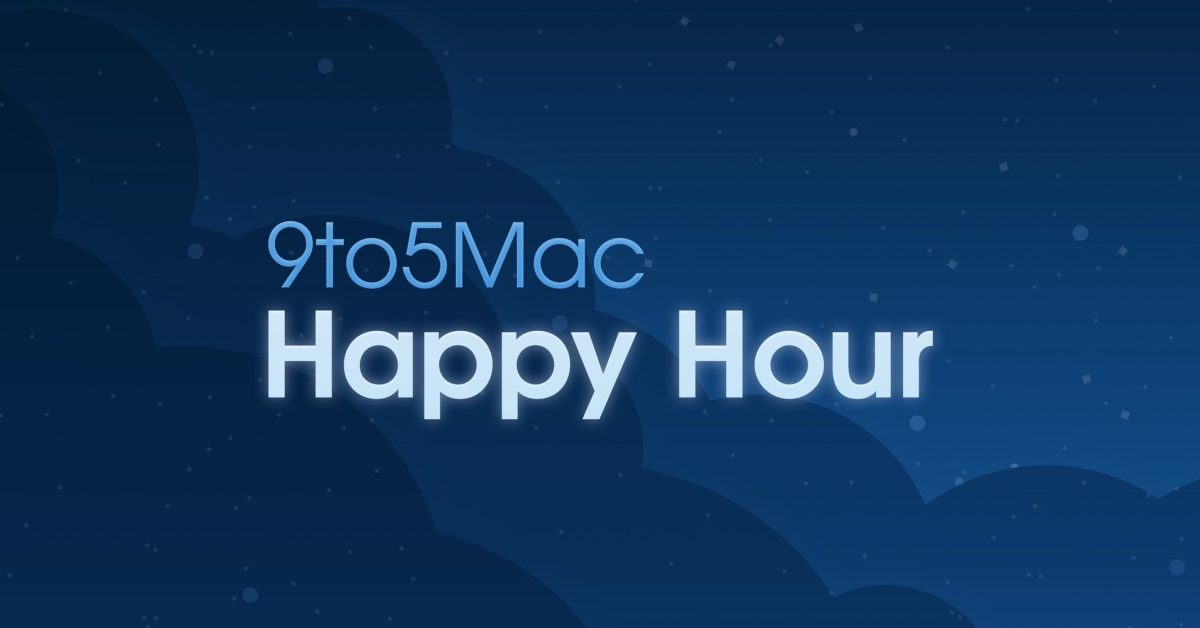
the music industry is broken openwav s OpenWav is poised to disrupt the music industry with its innovative direct-to-fan platform designed to empower artists and enhance their financial returns.
the music industry is broken openwav s
The Current Landscape of the Music Industry
The music industry has long been characterized by a complex web of intermediaries, including record labels, streaming services, and distribution channels. This intricate system often leaves artists with a minimal share of the revenue generated from their work. According to a report by the International Federation of the Phonographic Industry (IFPI), artists typically receive only a fraction of the revenue from streaming platforms, with many earning less than a penny per stream. This has led to widespread discontent among musicians, many of whom struggle to make a sustainable living from their art.
In recent years, the rise of digital platforms has transformed how music is consumed and monetized. While these platforms have made music more accessible to fans, they have also contributed to the financial challenges faced by artists. The traditional model, which often favors record labels and streaming services, has left many musicians feeling marginalized and undervalued.
OpenWav’s Vision
Against this backdrop, OpenWav emerges as a beacon of hope for artists seeking to reclaim control over their music and earnings. The platform aims to create a direct connection between musicians and their fans, eliminating the need for intermediaries that have historically taken a significant cut of the profits. By allowing artists to retain a larger share of their earnings, OpenWav seeks to foster a more equitable music ecosystem.
Key Features of the OpenWav Platform
OpenWav’s platform is designed with several innovative features that cater specifically to the needs of artists and their fans:
- Direct Sales: Artists can sell their music directly to fans, ensuring they receive a more substantial portion of the revenue. This model not only increases artists’ earnings but also fosters a deeper connection with their audience.
- Fan Engagement Tools: The platform includes features that facilitate interaction between artists and fans, such as live Q&A sessions, exclusive content, and personalized messages. This engagement can help build a loyal fan base and enhance the overall fan experience.
- Transparent Revenue Sharing: OpenWav promises transparency in revenue sharing, allowing artists to see exactly how much they earn from each sale. This transparency is crucial for building trust between artists and the platform.
- Analytics Dashboard: Artists have access to an analytics dashboard that provides insights into their sales, fan demographics, and engagement metrics. This data can help artists make informed decisions about their marketing and promotional strategies.
Implications for Artists
The introduction of OpenWav’s platform could have far-reaching implications for artists across the music industry. By enabling musicians to retain more of their earnings, the platform may help alleviate some of the financial pressures that many artists face. This could lead to a more sustainable career for musicians, allowing them to invest in their craft, tour more frequently, and engage with their fans on a deeper level.
Moreover, the direct-to-fan model encourages artists to cultivate a more personal relationship with their audience. This shift could lead to a more engaged fan base, as supporters feel more connected to the artists they love. As artists share their stories and experiences directly with fans, they can foster a sense of community that transcends traditional music consumption.
Challenges Ahead
While OpenWav’s vision is promising, the platform will face several challenges as it seeks to establish itself in a competitive market. The music industry is notoriously resistant to change, and many established players may view OpenWav as a threat to their business models. Record labels and streaming services may be reluctant to adapt to a direct-to-fan approach, potentially leading to pushback against the platform.
Additionally, OpenWav will need to effectively market its platform to both artists and fans. Convincing musicians to shift away from traditional models may require significant outreach and education about the benefits of the platform. Similarly, attracting fans to a new platform will necessitate a robust marketing strategy that highlights the unique advantages of engaging directly with artists.
Stakeholder Reactions
The launch of OpenWav has elicited a range of reactions from various stakeholders within the music industry. Many independent artists have expressed enthusiasm for the platform, viewing it as a much-needed alternative to the traditional music distribution model. For these musicians, the opportunity to retain a larger share of their earnings is particularly appealing, especially in an industry where financial stability is often elusive.
Industry analysts have also weighed in on the potential impact of OpenWav. Some experts believe that the platform could catalyze a broader shift in the music industry, prompting other companies to adopt similar direct-to-fan models. This could ultimately lead to a more equitable distribution of revenue across the industry, benefiting artists and fans alike.
Concerns from Established Players
Conversely, established players in the music industry have expressed skepticism regarding OpenWav’s potential success. Record labels, in particular, may view the platform as a threat to their traditional business models, which rely on controlling distribution and maximizing profits from artists. These companies may respond by doubling down on their existing strategies, potentially leading to increased competition and tension within the industry.
The Future of Music Distribution
As OpenWav continues to develop its platform, the future of music distribution remains uncertain. The rise of direct-to-fan platforms could signal a fundamental shift in how music is consumed and monetized. If successful, OpenWav may inspire a new generation of artists to embrace alternative models that prioritize their financial well-being and creative autonomy.
Moreover, the growing demand for transparency and fairness in the music industry may push other companies to reevaluate their practices. As fans become more aware of the challenges faced by artists, they may increasingly seek out platforms that prioritize ethical revenue sharing and direct engagement with musicians.
Conclusion
OpenWav’s innovative approach to music distribution has the potential to reshape the industry landscape, offering artists a viable alternative to traditional models that have long favored intermediaries. By empowering musicians to connect directly with their fans and retain a larger share of their earnings, OpenWav could pave the way for a more equitable and sustainable music ecosystem. As the platform continues to evolve, its impact on the music industry will be closely watched by artists, fans, and industry stakeholders alike.
Source: Original report
Was this helpful?
Last Modified: September 12, 2025 at 2:37 am
1 views















